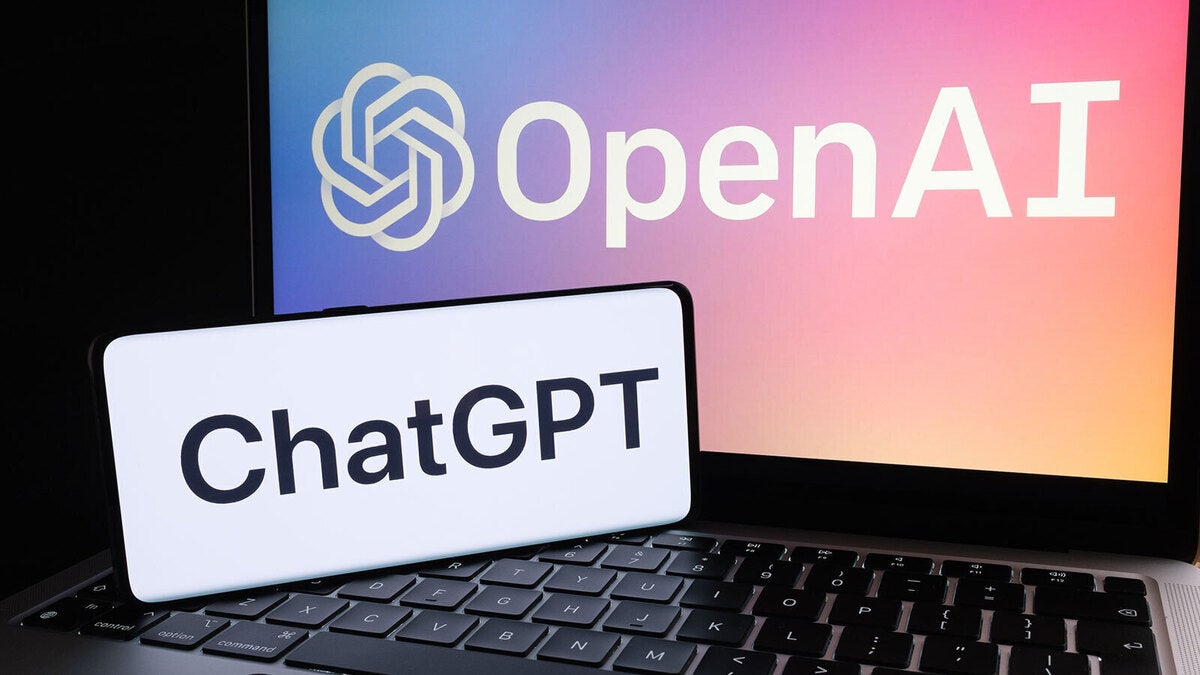Enterprise executives, still enthralled by the possibilities of generative artificial intelligence (genAI), more often than not are insisting that their IT departments figure out how to make the technology work.
Let’s set aside the usual concerns about genAI, such as the hallucinations and other errors that make it essential to check every single line it generates (and obliterate any hoped-for efficiency boosts). Or that data leakage is inevitable and will be next to impossible to detect until it is too late. (OWASP has put together an impressive list of the biggest IT threats from genAI and LLMs in general.)
To read this article in full, please click here
Enterprise executives, still enthralled by the possibilities of generative artificial intelligence (genAI), more often than not are insisting that their IT departments figure out how to make the technology work. Let’s set aside the usual concerns about genAI, such as the hallucinations and other errors that make it essential to check every single line it generates (and obliterate any hoped-for efficiency boosts). Or that data leakage is inevitable and will be next to impossible to detect until it is too late. (OWASP has put together an impressive list of the biggest IT threats from genAI and LLMs in general.) To read this article in full, please click here Read More Computerworld












+ There are no comments
Add yours